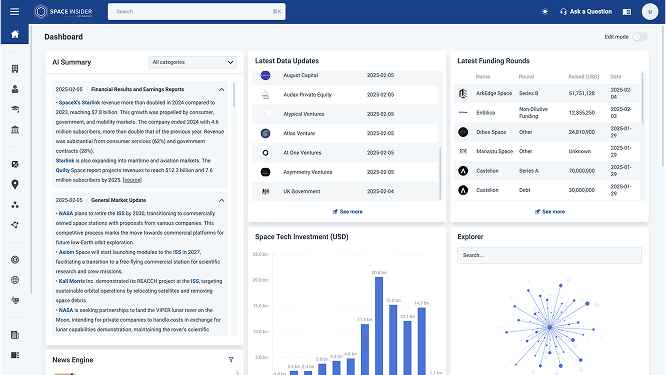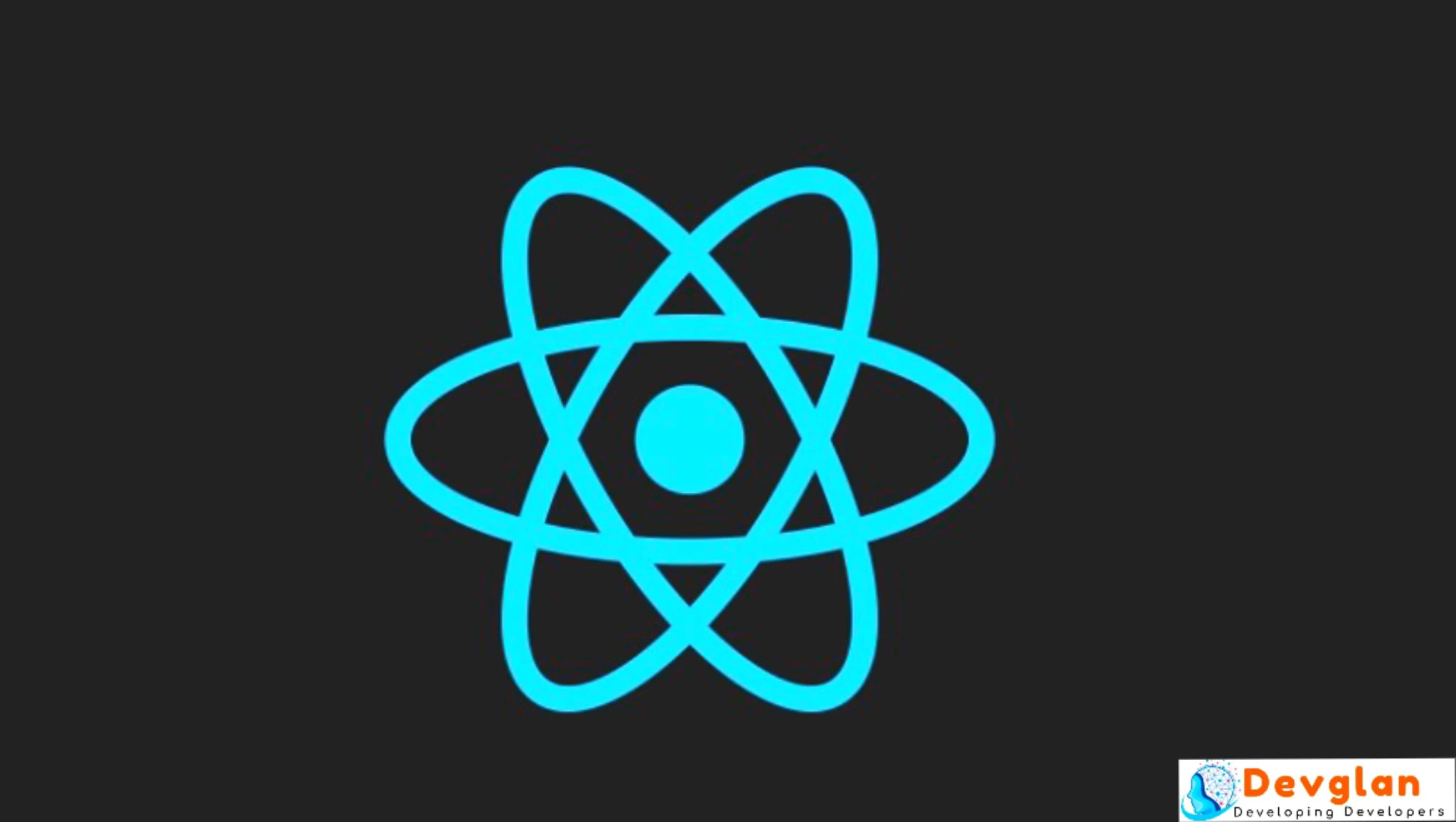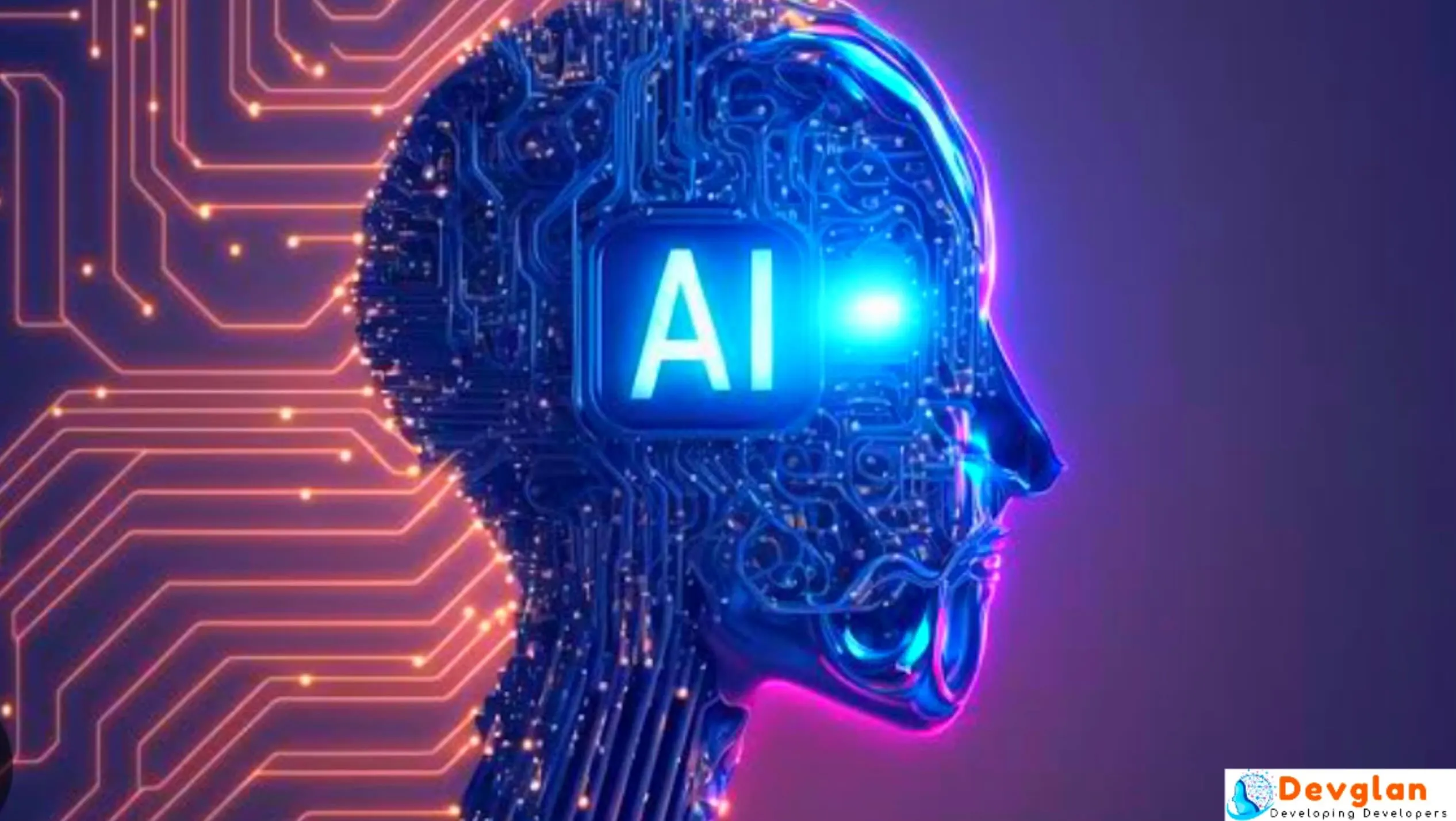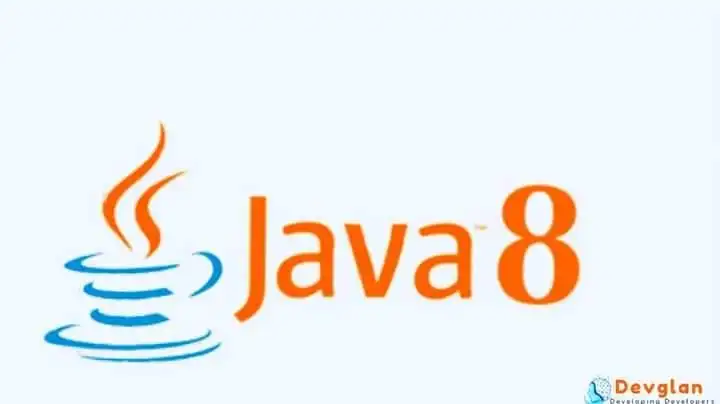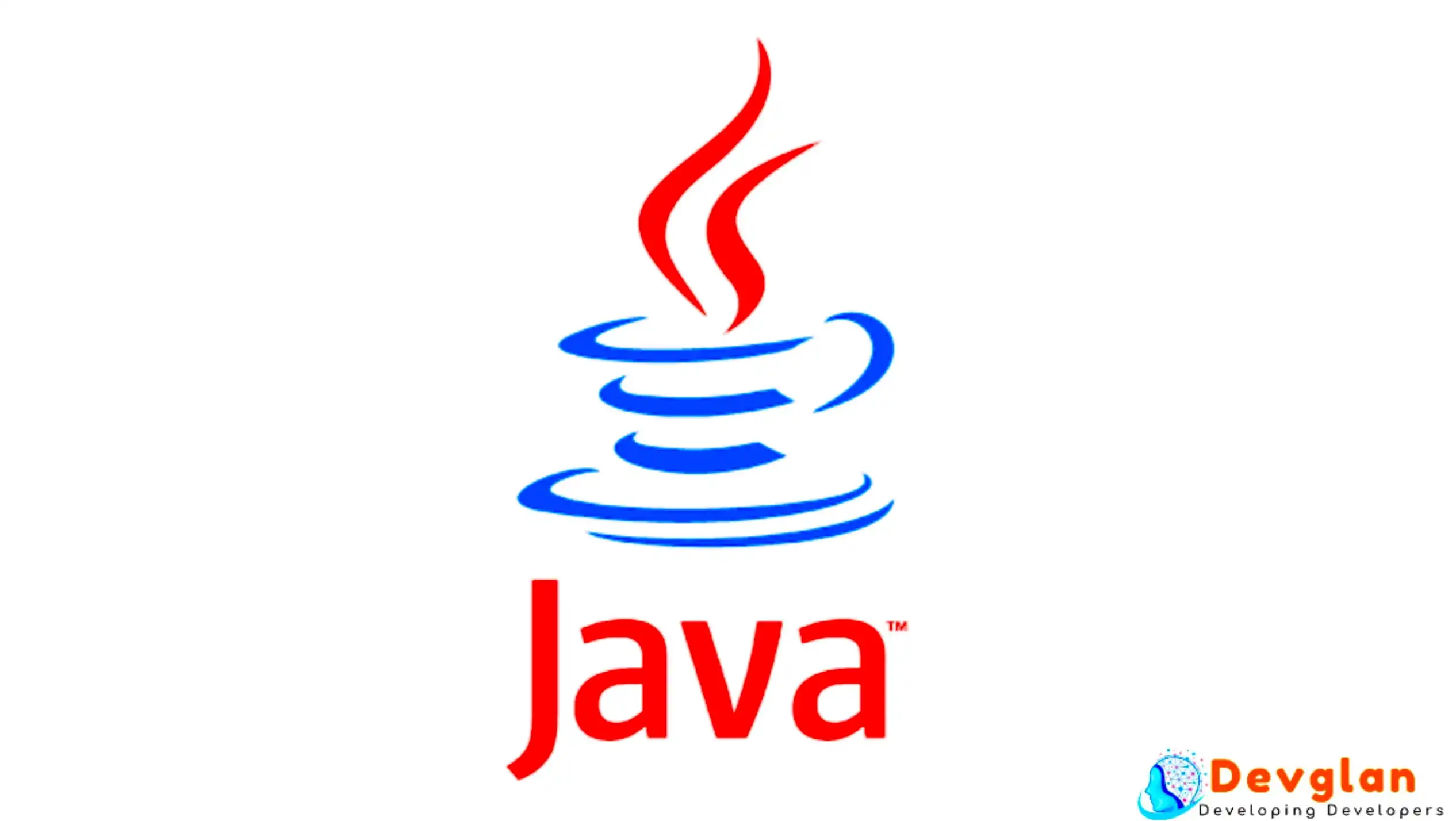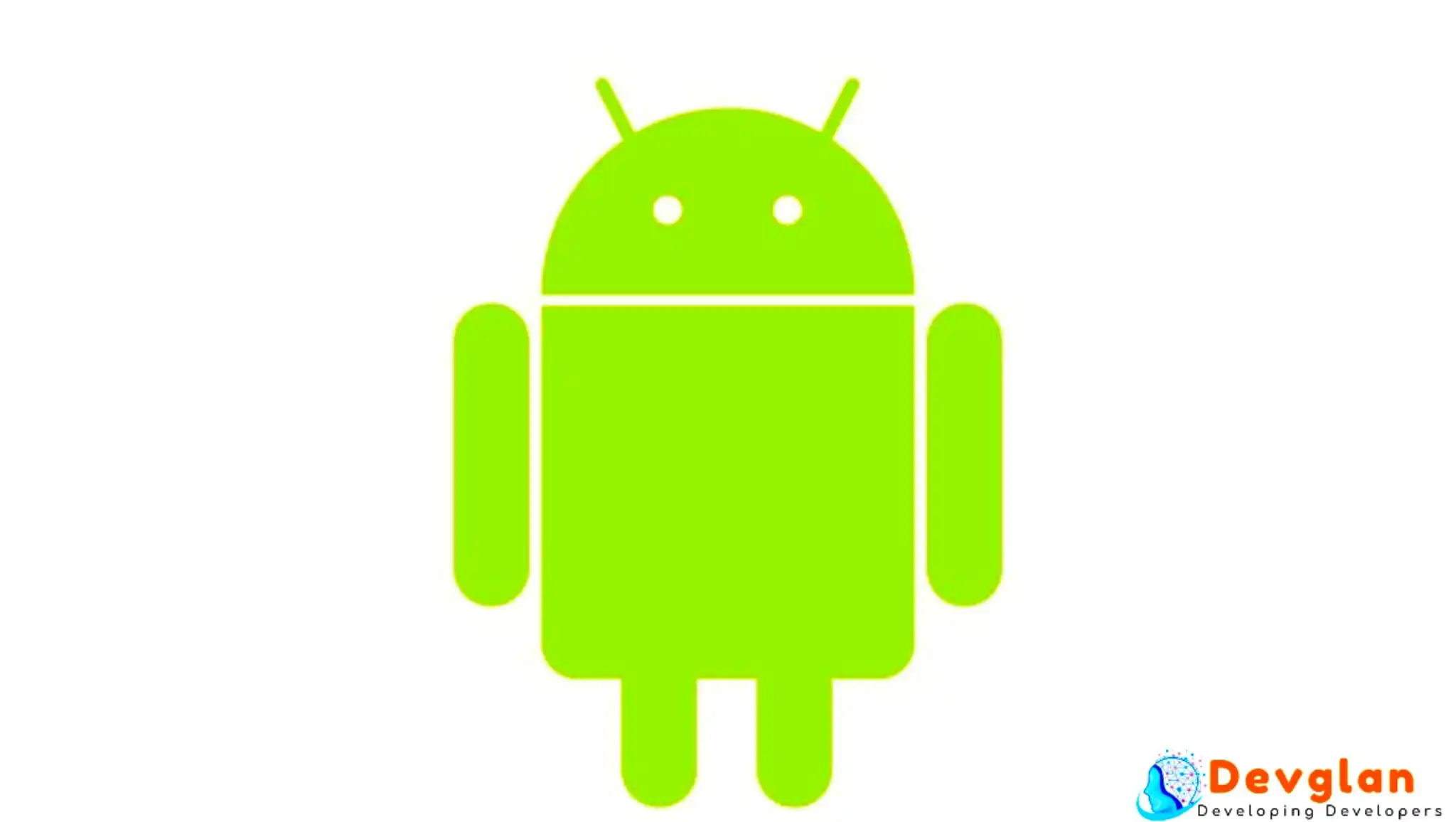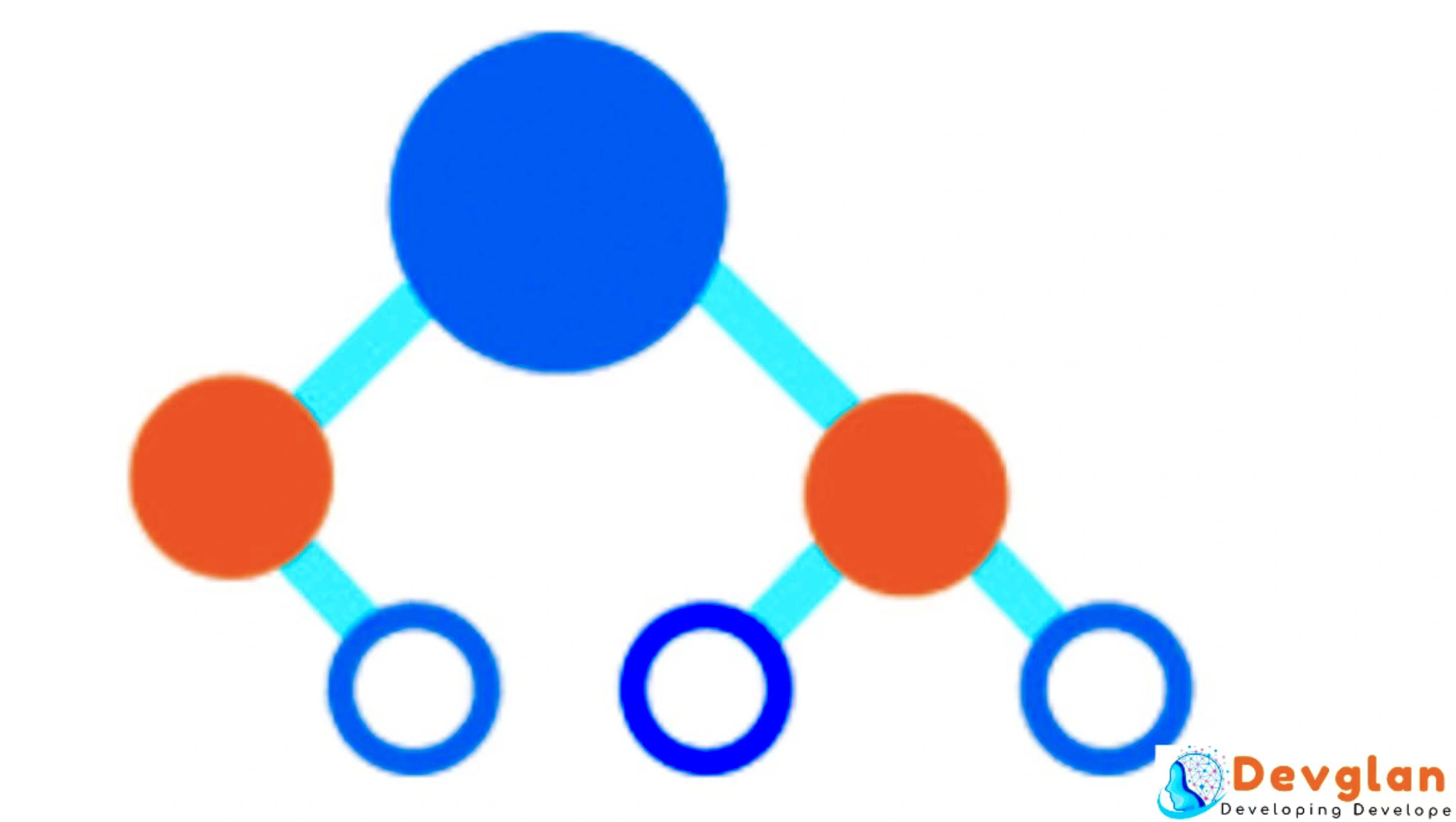Space exploration has always been at the cutting edge of technology, demanding the most sophisticated software solutions to support missions beyond our planet. Whether sending rovers to Mars, deploying satellites, or planning deep-space probes, the software behind these missions must be meticulously designed to handle extreme conditions, process vast amounts of data, and operate autonomously in environments where human intervention is impossible. But how exactly are these applications developed, and what makes them so advanced?
The Foundations of Space Mission Software
The development of software for space missions begins with a rigorous set of requirements, often far more stringent than those found in commercial software development. Space agencies like NASA, ESA, and private companies such as SpaceX and Blue Origin operate under the assumption that once their systems are deployed, they cannot be easily fixed or updated. This means every line of code must be rigorously tested and optimized for reliability and efficiency.
Real-time systems play a crucial role in space missions. Unlike standard software applications that might tolerate minor glitches or slow performance, space software must operate with absolute precision. For example, the guidance and navigation systems on a spacecraft require real-time computations to make instantaneous adjustments based on sensor inputs. A single miscalculation could mean the difference between a successful landing or a catastrophic failure.
Furthermore, redundancy is a critical principle in space software design. Space systems are built with multiple layers of backups, ensuring that if one component fails, another can take over seamlessly. This applies not only to hardware but also to software, with failover mechanisms that can automatically switch to an alternate algorithm or system to keep the mission on track. Such redundancy is vital in space travel, where repairs are often impossible and mission-critical decisions must be made instantly.
Autonomous Operations and AI Integration
One of the most significant advancements in space software has been the integration of artificial intelligence (AI) and machine learning (ML) into mission-critical systems. Spacecraft traveling deep into the solar system often experience significant communication delays, making real-time decision-making by ground control impractical. AI-powered systems onboard these spacecraft must analyze data, detect anomalies, and make crucial adjustments without human intervention.
The Perseverance rover on Mars, for instance, uses AI-driven hazard detection to navigate the planet’s surface safely. Instead of relying on engineers on Earth to plot every movement, the rover evaluates terrain hazards and determines the safest path forward autonomously. Similar AI capabilities are now being incorporated into spacecraft to improve orbital maneuvering, docking procedures, and even satellite collision avoidance.
AI is also being used to enhance mission planning and scheduling. NASA's Deep Space Network, for example, relies on AI to efficiently allocate communication resources among multiple spacecraft. This reduces latency and maximizes data throughput, ensuring that deep-space missions remain connected to Earth with minimal delays. The use of AI in mission planning also allows for adaptive operations, where spacecraft can re-prioritize tasks based on real-time conditions, maximizing mission efficiency.
Handling Big Data and Complex Communications
Space missions generate an immense amount of data, from high-resolution images of distant planets to telemetry data monitoring the health of a spacecraft. Processing and transmitting this data efficiently is one of the greatest challenges for mission software engineers.
Software developers create advanced compression algorithms to ensure that essential data can be transmitted back to Earth even with limited bandwidth. Additionally, onboard processing capabilities allow spacecraft to analyze and filter data before transmission, reducing the volume of information that must be sent over vast distances. For example, the James Webb Space Telescope uses onboard data processing to refine images before sending them back to Earth, maximizing the efficiency of its deep-space observations.
Another critical component of space software is error correction. Cosmic radiation and other environmental factors can introduce errors in data transmission. To counteract this, sophisticated error-detection and correction algorithms ensure that received data remains accurate despite potential signal interference. Error correction codes such as Reed-Solomon and low-density parity-check (LDPC) codes are widely used to maintain the integrity of space-based communications.
Additionally, deep-space missions require innovative communication strategies. Optical communication, or laser-based data transmission, is emerging as a game-changer for space missions. NASA's Deep Space Optical Communications (DSOC) experiment is exploring how laser technology can drastically improve the speed and efficiency of data transfers, offering a promising alternative to traditional radio frequency (RF) systems.
The Role of Simulation and Testing
Given the impossibility of making real-time corrections once a mission is launched, exhaustive testing and simulation are essential in software development for space missions. Before a single line of code is deployed on an actual spacecraft, it undergoes rigorous validation through digital simulations and physical hardware-in-the-loop testing.
These simulations mimic real-world conditions, accounting for factors such as gravitational variations, extreme temperatures, and potential mechanical failures. Engineers use high-fidelity testbeds that replicate a spacecraft’s hardware and software environment, ensuring that every function operates as intended under mission conditions.
Additionally, space agencies and private companies frequently use digital twin technology—creating an exact virtual replica of a spacecraft or mission system that can be tested under different scenarios. Digital twins allow engineers to anticipate potential issues and refine software algorithms before deployment, reducing the risk of failure once a mission is in space.
Testing also includes simulated mission rehearsals, where teams practice operating spacecraft under simulated conditions. This ensures that both software and human operators are well-prepared for the real mission, reducing the likelihood of unexpected errors during execution.
Collaboration and Consulting in Space Software Development
The complexity of space software development often necessitates collaboration between multiple organizations, including space agencies, private aerospace firms, and academic institutions. Given the multidisciplinary nature of these projects, software engineers, data scientists, and astrophysicists must work together to develop reliable and innovative solutions.
Organizations seeking expertise in specialized areas, such as AI integration, cybersecurity for space systems, or advanced data analytics, often turn to external consulting firms that specialize in aerospace software solutions. These consulting firms provide expertise in system architecture, software validation, and mission-critical applications, ensuring that all aspects of space software are optimized for performance and security.
Future Trends: From Quantum Computing to Cloud-Based Space Systems
As space exploration advances, so too does the technology driving it. Quantum computing, for example, has the potential to revolutionize space software by performing complex calculations at speeds unimaginable with classical computers. Quantum algorithms could enhance mission planning, cryptography for secure satellite communications, and even deep-space signal processing.
Another emerging trend is the use of cloud computing in space systems. Traditionally, space missions have relied on local processing and storage due to bandwidth constraints. However, advances in satellite internet and cloud-based systems are enabling real-time data synchronization between Earth and space assets. Companies such as Amazon and Microsoft are already working on cloud-based infrastructure that allows satellites and spacecraft to offload certain computing tasks to Earth-based cloud networks, reducing the onboard processing burden.
Conclusion
The software behind space missions is one of the most crucial and challenging aspects of space exploration. With extreme environmental conditions, real-time decision-making requirements, and the need for absolute reliability, these applications push the boundaries of what software can achieve. From AI-driven autonomy and big data handling to rigorous simulation testing and quantum computing, space software development continues to evolve alongside advancements in technology.
As the industry moves forward, collaboration between space agencies, private companies, and specialized consulting firms will remain essential in ensuring that the next generation of space software meets the demands of increasingly ambitious missions. The future of space exploration depends not only on engineering marvels like rockets and spacecraft but also on the cutting-edge software that makes these missions possible.

